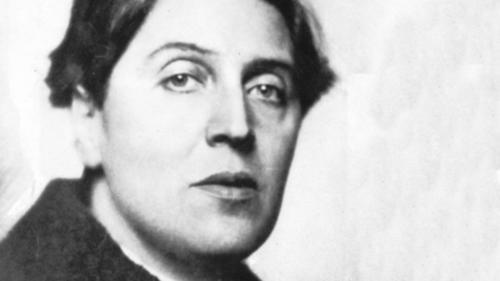There was a fascinating lecture the other day at Curtis Memorial Library in Brunswick. Noted composer Elliott Schwartz spoke about the use of letters and numbers in music. Like Schumann, he is known for his use of motifs based on names, including his own.
His talk covered the ways this can be done with letters outside the musical scale of a,b,c,d,e,f,g,a, by using German note designations, for example, or the do, re, me sequence. One can also use numbers, starting with the tonic C as one and going up the major scale to 10.
Schwartz played examples from many composers, from Bach through Brahms to John Cage. (It should be noted that Lewis Kaplan, founder of the Bowdoin International Music Festival, occasionally delivers a world-famous lecture on numerology in Bach, who used it primarily for religious and mystical reasons.)
One of the more notorious of number-obsessed composers cited by Schwartz is serial composer Alban Berg, whose life and music revolved around the number 23 in every possible permutation. He died at 1 a.m. on the 24th, but his wife is said to have confessed to resetting the clock in his hospital room.
It is almost a cliche to note the relationship of music to mathematics: Einstein’s violin playing, for example. But is the connection really significant? Names, telephone numbers, the pattern of birds on telephone wires and the roll of dice on a board covered with musical notations — all have been used as starting points for musical compositions. But the important question is how they are developed.
Those who attended the recent Choral Arts Society’s Christmas in the Cathedral Concerts will recall R. Murray Schafer’s plotting of “Snowforms” from the intersection of snowdrift patterns with a musical score.
Like many philosophical notions, the connection of music with mathematics goes back to Plato and the music of the spheres. The revelation that musical notes were determined by the length of vibrating strings and that the notes were in mathematical ratios has fascinated mankind up to the current fashion of string theory, which contends that the world is actually composed of music — or at least the vibrations of some kind of “god-particles.”
The most famous of mathematical ratios is the so-called golden section, in which the ratio of the sum of quantities to the larger quantity is equal to the ratio of the larger quantity to the smaller one, which comes out to about 1.618, or phi. Phi is an irrational number, like pi.
The golden section has been used, knowingly or not, from time immemorial in painting, architecture and music to generate pleasing proportions, and is still popular today.
In reading about Sibelius for an earlier column, I discovered there is actually a computer program for musical composition named Sibelius, one whose attributes is the ability to detect golden section ratios in musical compositions or to plot them on a score for the convenience of the composer. The idea is that such divisions will make the proportions of the work more pleasant.
If one becomes obsessed with the golden section, one can see it everywhere. A Russian musicologist published an analysis in 1925, contending that the golden section appears in 97 percent of the works of Beethoven and Haydn. The less formal Chopin used it only 92 percent.
I doubt that any of these composers deliberately and consciously used the golden section, but divided their works, vertically, horizontally and rhythmically into what they perceived as the most logical and pleasing of proportions.
No street musician in ancient Athens devised his or her music according to mathematical theories. In fact, the golden section itself was originally determined by having passers-by grasp a staff in what they thought was the most convenient and aesthetically pleasing spot, which turned out to be a little less than two-thirds up the length of the stick. The mathematical justification came later.
Christopher Hyde is a writer and musician who lives in Pownal. He can be reached at: classbeat@netscape.net
Send questions/comments to the editors.



Success. Please wait for the page to reload. If the page does not reload within 5 seconds, please refresh the page.
Enter your email and password to access comments.
Hi, to comment on stories you must . This profile is in addition to your subscription and website login.
Already have a commenting profile? .
Invalid username/password.
Please check your email to confirm and complete your registration.
Only subscribers are eligible to post comments. Please subscribe or login first for digital access. Here’s why.
Use the form below to reset your password. When you've submitted your account email, we will send an email with a reset code.